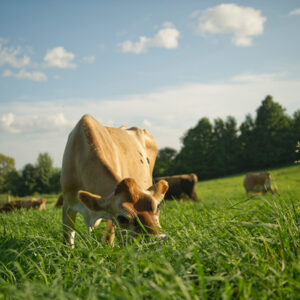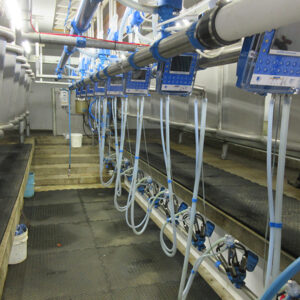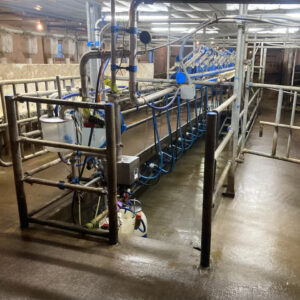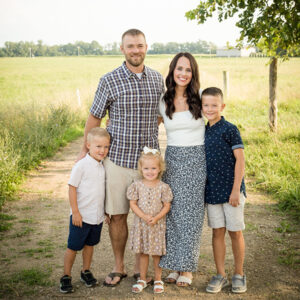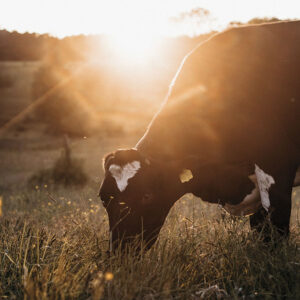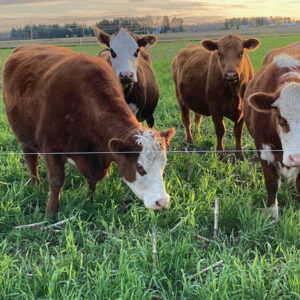Shipping milk and making cheese are a winning combination for the Webbs
By Martha Hoffman Kerestes
Enosburg Falls, Vermont — Tyler and Melanie Webb are first-generation dairy farmers. In fact, Tyler hadn’t ever milked a cow when his herd started calving, so he had to ask a neighbor to come over and show him how to use the milker.
But almost two decades into dairying, they are seasoned graziers with a spring-seasonal herd, an Organic Valley market, and an artisan cheese business.
The Webbs steward around 400 acres, with 275 owned and the rest rented. There are 160 acres of pasture and 120 acres for perennial stored forage, and the rest of the land is managed woodland or set aside for riparian, wildlife, and pollinator habitat. There are 70 milking cows here on the farm in northwestern Vermont.
“Efficient grazing machines”
The farm consists of mostly silt loams. Rocks abound (hence the name Stony Pond Farm), so sward change happens through frost seeding improved red and white clovers, not tillage and reseeding. Management is part of it too.
“Our main route for improving pastures is through stocking density and frequency of moves,” Tyler explains.
Continue reading “Building a first-generation dairy”
